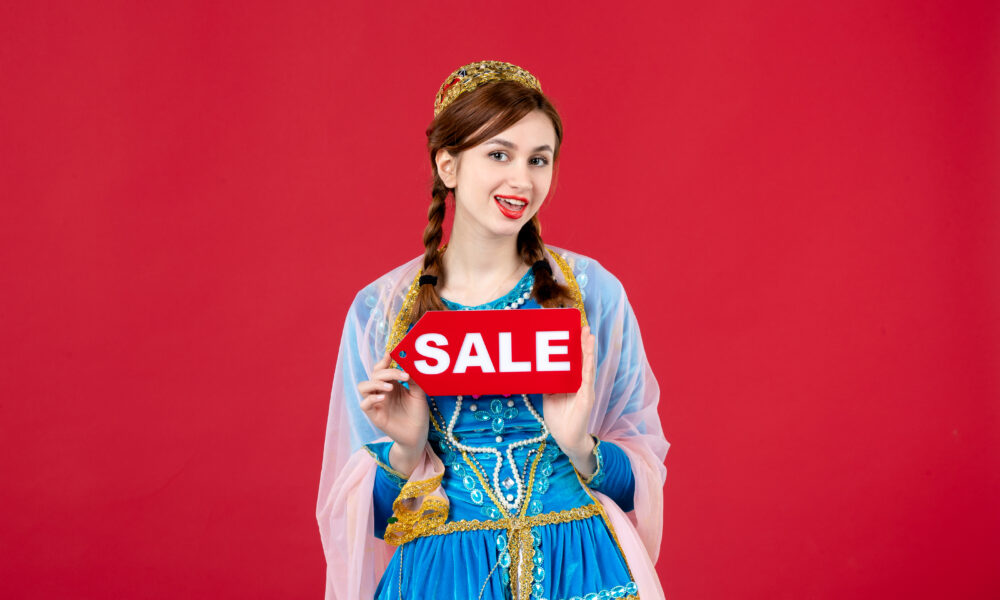7 Things to Know Before You Buy a Dirndl

Buying a dirndl is more than just a fashion choice; it’s a celebration of culture and tradition. Originating from the Alpine regions of Germany and Austria, dirndls are not only beautiful but also signify a rich heritage. Whether you’re preparing for Oktoberfest, a wedding, or simply want to embrace this timeless attire, knowing what to consider before making a purchase can enhance your experience.
A dirndl is a versatile garment that can be styled for various occasions, making it a staple in many wardrobes. However, with numerous styles, fabrics, and accessories available, it’s essential to make informed choices.
In this post, we’ll explore the seven critical aspects you should consider before you decide to Dirndl kaufen. By understanding these elements, you can select a dirndl that not only flatters your figure but also aligns with your personal style and the event’s requirements.
1. Understand the Different Styles of Dirndls
Dirndls come in various styles, each suited for different occasions and preferences. The most common types include the mini, midi, and long dirndl. Mini dirndls typically feature a skirt length of 45 to 57 cm, making them playful and youthful, perfect for summer festivals. Midi dirndls, with skirt lengths ranging from 58 to 84 cm, are ideal for a sophisticated look that’s perfect for both casual and formal events.
Long dirndls, on the other hand, extend over the knees and are often chosen for more traditional settings or cooler weather. Additionally, consider variations like wedding dirndls or maternity dirndls, which cater to specific events and needs. Understanding these styles will help you choose one that fits your body type and the occasion perfectly.
2. Fabric Matters
The fabric of your dirndl plays a crucial role in its overall comfort and appearance. Common materials include cotton, silk, and polyester blends, each offering different benefits. Cotton is breathable and easy to care for, making it a great choice for casual events and summer wear. Silk, while more luxurious, often requires more delicate care but provides a stunning shine and drape.
Polyester blends can offer durability and a lower price point, making them suitable for regular wear. Additionally, consider the season when choosing your fabric. Heavier materials like velvets or wool blends may be more suitable for fall or winter, while lighter fabrics work well in the warmer months. Ultimately, selecting the right fabric is essential for both comfort and style.
3. The Importance of Fit
Fit is perhaps the most critical aspect of purchasing a dirndl. A well-fitting dirndl enhances your silhouette and ensures comfort throughout the day. When shopping, pay attention to the bodice, waistline, and skirt length. The bodice should fit snugly without being overly tight, allowing for ease of movement.
The waistline should be defined, typically sitting just above the natural waist, while the skirt length should flatter your height. It’s wise to try on different sizes and styles, as sizing can vary between brands. If you’re shopping online, refer to the sizing charts provided by the retailer. Remember, a tailored fit can make a significant difference in how you feel and look in your dirndl.
4. Accessorizing Your Dirndl
Accessories can elevate your dirndl from beautiful to breathtaking. Key accessories include dirndl blouses, aprons, and traditional jewelry. A well-fitted blouse can enhance the neckline and add a touch of elegance. Aprons come in various styles and colors, allowing you to personalize your look; they can be tied in different ways to signify your relationship status: a bow on the left means single, while one on the right indicates taken.
Jewelry such as necklaces, earrings, and brooches can complement the outfit, adding unique touches that reflect your personality. Don’t forget about shoes; traditional dirndl shoes or stylish boots can complete your ensemble. Thoughtfully chosen accessories will not only enhance your appearance but also showcase your style.
5. Consider the Occasion
Before you purchase a dirndl, consider the occasion for which you’re buying it. Different events may require different styles and levels of formality. For instance, if you’re attending Oktoberfest, a playful mini or midi dirndl might be most appropriate, while a wedding or formal event may call for a long dirndl with elegant details.
Additionally, think about the season; lighter fabrics are ideal for summer festivals, whereas heavier materials are better suited for fall or winter occasions. Understanding the event’s dress code and atmosphere will guide your choice, ensuring you look appropriate and feel confident during the celebration.
6. Maintenance and Care
Taking care of your dirndl is essential to maintain its beauty and longevity. Different fabrics require various care methods, so always check the care label before washing. Most cotton dirndls can be machine washed, while silk and delicate fabrics may need hand washing or dry cleaning.
When washing, use a gentle detergent and avoid harsh chemicals that could damage the fabric. For drying, air drying is preferable to preserve the material’s structure and vibrancy. Ironing may be required, but ensure you use the appropriate heat settings for the fabric type. By investing time in proper care, you can enjoy your dirndl for many years.
7. Budget Considerations
Dirndls can vary widely in price, depending on the brand, fabric, and design. While it’s tempting to go for the cheapest option, remember that quality often correlates with price. Look for well-crafted dirndls made from high-quality materials that will last over time. It might be worth investing in a more expensive piece if it means better construction and fabric.
Additionally, consider shopping during sales or looking for discounted items online to find quality dirndls at a more affordable price. Setting a realistic budget before you start shopping will help you navigate your options and make informed choices.
Frequently Asked Questions (FAQs)
What is the best fabric for a dirndl?
The best fabric depends on the occasion and season. Cotton is great for casual wear, silk offers elegance, and heavier materials like wool are ideal for colder months.
How do I determine the right size for a dirndl?
Refer to the brand’s sizing chart, as sizes can vary. It’s also helpful to try on different styles to see what fits best.
Can I wear a dirndl for occasions other than Oktoberfest?
Absolutely! Dirndls are versatile and can be worn for weddings, parties, and other festive events.
How should I care for my dirndl?
Care depends on the fabric. Cotton can usually be machine washed, while silk may require hand washing or dry cleaning. Always check the care label.
What accessories should I wear with my dirndl?
Key accessories include blouses, aprons, jewelry, and traditional shoes. These can enhance your look and personalize your outfit.
Conclusion
Purchasing a dirndl is an exciting journey that combines tradition with personal style. By understanding the different styles, fabrics, and fit, you can make informed decisions that enhance your overall experience. Remember to consider the occasion, accessorize thoughtfully, and maintain your dirndl properly for long-lasting enjoyment.
With these seven essential tips in mind, you’re well-equipped to embrace the beauty of dirndl fashion. Whether you’re dressing for Oktoberfest or a special celebration, finding the perfect dirndl is a wonderful way to connect with heritage while showcasing your unique style. Happy dirndl shopping!




